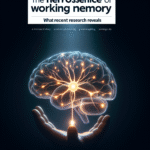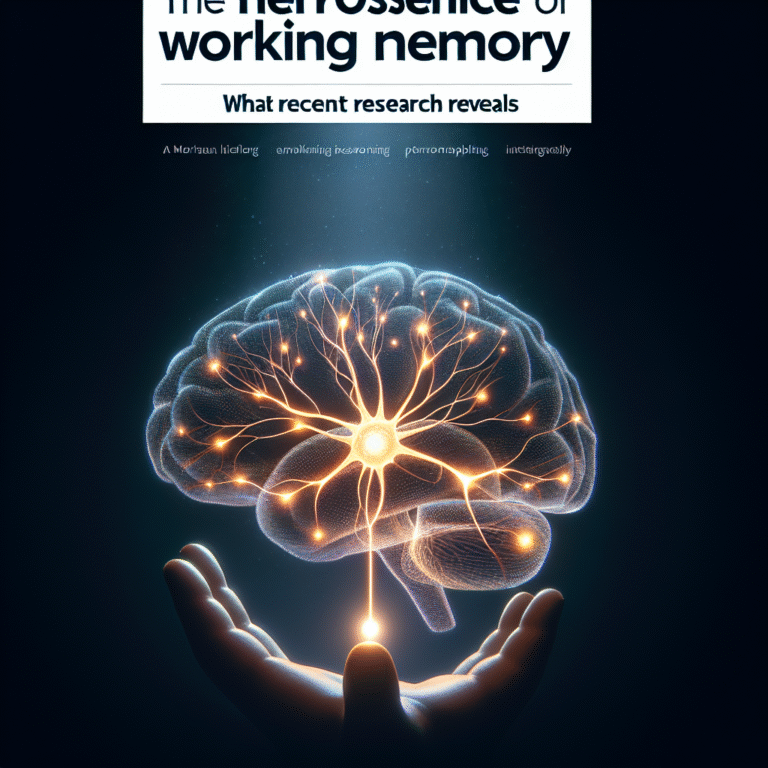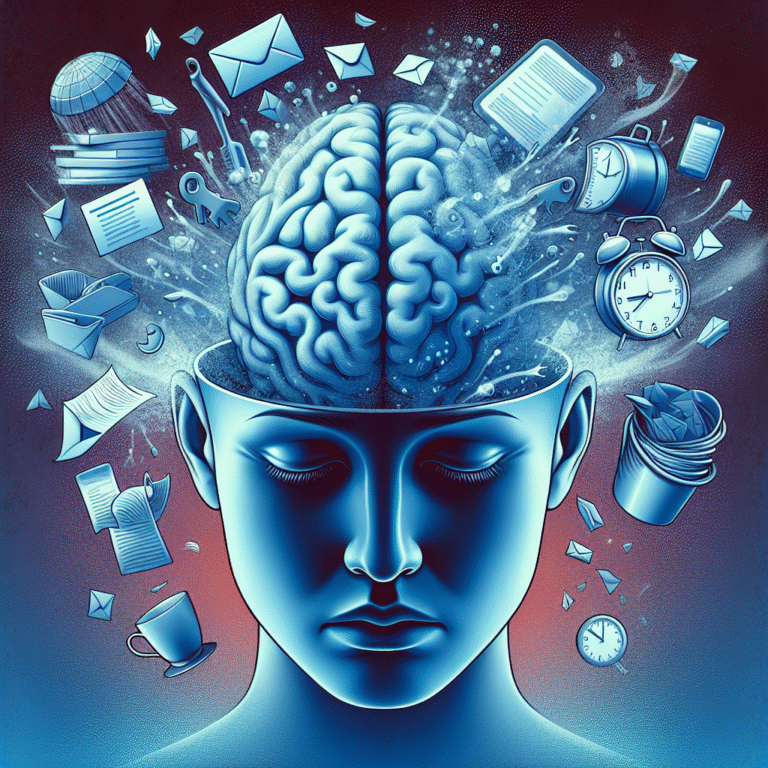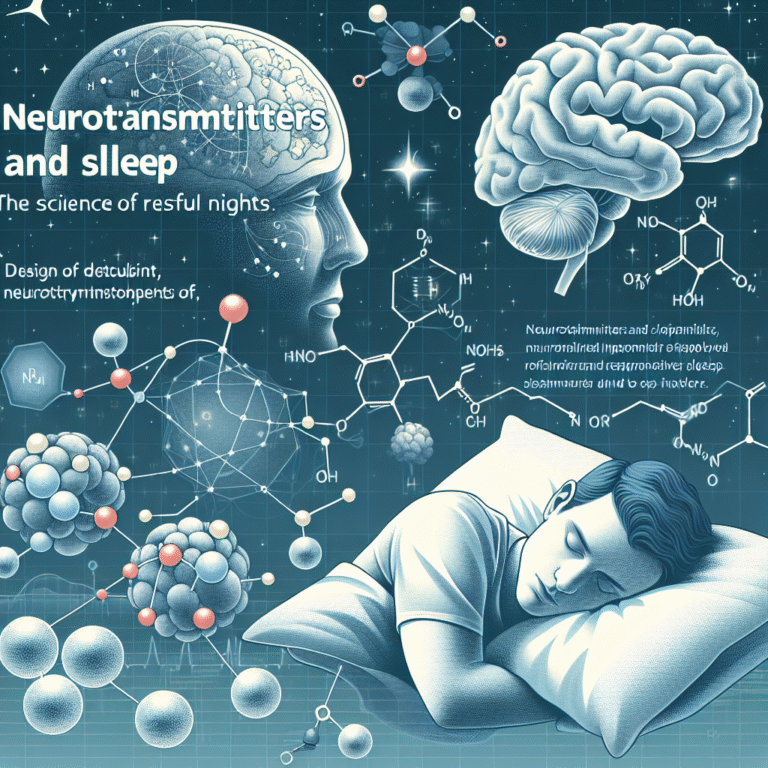
Introduction
Imagine a world where your beliefs and actions are in constant conflict. You value health but find comfort in fast food. You champion honesty yet justify telling white lies. When Beliefs Clash: How Cognitive Dissonance Influences Our Decisions explores this intricate psychological phenomenon that affects everyone, every day. Understanding cognitive dissonance isn’t just an academic endeavor; it shapes our choices, relationships, and ultimately, our lives.
From choosing a political affiliation to deciding on dietary practices, our beliefs often stand at odds with our actions. By delving deep into cognitive dissonance, we uncover not just a psychological challenge but a path to richer, more authentic living. Let’s embark on this insightful journey!
The Basics of Cognitive Dissonance
Cognitive dissonance is the mental discomfort experienced when holding two or more contradictory beliefs or values. Coined by psychologist Leon Festinger in the 1950s, this dissonance compels individuals to seek resolution, often leading to self-justification or behavioral changes.
Key Components of Cognitive Dissonance
- Inconsistency: When beliefs clash, discomfort arises.
- Pressure for Resolution: Individuals will try to reduce dissonance.
- Behavioral Change or Re-evaluation of Beliefs: Choices are made to restore harmony.
Example
Consider a person who smokes despite knowing it’s detrimental to their health. This conflict between the desire to smoke and the knowledge of its harm creates cognitive dissonance, often leading them to either rationalize their behavior or attempt to quit smoking.
The Real-World Impact of Cognitive Dissonance
1. Case Study: The Climate Change Debate
In recent years, climate change has become a polarizing topic. Many people believe in climate change, yet their daily actions—like driving gas-guzzling cars—contradict this belief.
Analysis
This clash can lead to a process known as “motivated reasoning,” where individuals will selectively acknowledge information that aligns with their pre-existing beliefs. For instance, someone might downplay the severity of climate change to justify their lifestyle choices, showcasing just how powerful cognitive dissonance can be.
Table 1: Effects of Cognitive Dissonance on Decision-Making
| Scenario | Belief | Action | Dissonance Resolution |
|---|---|---|---|
| Climate Change | Climate change is real | High carbon footprint | Justification or denial |
| Dieting | Healthy eating is essential | Eating junk food | Find excuses or resolve to change |
| Political Views | Democracy is crucial | Voter apathy | Rationalization or engagement |
The Mechanics of Resolution
What happens when beliefs clash? To reduce dissonance, individuals typically resort to one of three strategies:
- Change Behavior: Act in accordance with the belief.
- Alter Belief: Justify or change the belief to align with actions.
- Add New Cognitions: Introduce new thoughts that support both conflicting beliefs.
2. Case Study: The Smoking Example
Returning to our smoker, they might choose to quit, actively changing their behavior. Alternatively, they could justify their smoking by claiming it relieves stress and is a social activity, thereby altering their belief.
Analysis
This case exemplifies the struggle many face when beliefs clash. Instead of making a definitive change, many find it easier to maintain their habits by altering their perception of them.
3. Emotional Influences on Decision-Making
Emotions play a significant role in cognitive dissonance. Difficult emotions can amplify the tension between conflicting beliefs, creating a strong desire for resolution.
Case Study: Political Affiliations
Voters often experience cognitive dissonance when their preferred candidates engage in behavior contrary to their beliefs. For example, a supporter may struggle when their candidate exhibits unethical behavior.
Analysis
Here, cognitive dissonance can lead to the “confirmation bias,” where voters focus on the positives while ignoring the inconsistencies. This is an essential aspect of When Beliefs Clash: How Cognitive Dissonance Influences Our Decisions.
The Business Landscape and Cognitive Dissonance
Cognitive Dissonance in Marketing
Businesses leverage cognitive dissonance to influence consumer behavior. When a customer makes a purchase, they may experience dissonance, questioning whether they made the right choice. Effective marketing strategies often aim to reassure the buyer, reinforcing the positive aspects of their choice.
Case Study: The iPhone vs. Android Battle
When consumers choose an iPhone over an Android, they might grapple with dissonance, especially if the Android has more features. To resolve this, many iPhone users justify their choice by emphasizing brand loyalty or ecosystem advantages.
Table 2: Cognitive Dissonance in Consumer Behavior
| Product Type | Possible Dissonance | Resolution Strategies |
|---|---|---|
| iPhone vs. Android | Price vs. features | Brand loyalty justification |
| High-end fashion | Cost vs. necessity | Emphasizing exclusivity |
| Meal subscriptions | Health vs. convenience | Modifying health perceptions |
The Importance of Education in Overcoming Cognitive Dissonance
Education can play a transformative role in helping individuals navigate cognitive dissonance effectively. By encouraging critical thinking and teaching coping mechanisms, individuals can learn to embrace conflicting beliefs and make informed decisions.
Case Study: Health Education Programs
Health programs that address cognitive dissonance are particularly effective. For instance, smokers educated about the health risks tend to either quit smoking or modify their justification for smoking.
Analysis
Education empowers individuals to confront their dissonance rather than evade it. This understanding aligns with the broader theme of When Beliefs Clash: How Cognitive Dissonance Influences Our Decisions, illustrating the shift from conflict to clarity through knowledge.
Conclusion: Embracing Our Complexity
Understanding the nuances of cognitive dissonance is essential for personal growth and decision-making. When Beliefs Clash: How Cognitive Dissonance Influences Our Decisions illustrates that our beliefs, while pivotal to our identity, often conflict with our actions, leading to rich opportunities for learning and growth.
As you navigate your beliefs and actions, consider these takeaways:
- Awareness: Recognizing dissonance is the first step.
- Education: Seek to understand and educate yourself about conflicts.
- Reflection: Utilize moments of conflict as opportunities for personal growth.
When our beliefs clash, we face an opportunity for transformation. By acknowledging cognitive dissonance, we can steer our lives toward authenticity and joy.
FAQs Section
1. What is cognitive dissonance?
Cognitive dissonance is the mental discomfort felt when holding two conflicting beliefs or values, often leading to changes in behavior or justifications.
2. How does cognitive dissonance affect decision-making?
It prompts individuals to seek resolution, either by changing behavior, altering beliefs, or introducing new rationalizations.
3. Can cognitive dissonance be positive?
Yes! It can serve as a catalyst for growth, prompting individuals to reflect and make positive changes.
4. How can I manage cognitive dissonance?
Increasing awareness, seeking education, and reflecting on your beliefs and actions can help manage cognitive dissonance effectively.
5. Is cognitive dissonance unique to specific situations?
No, cognitive dissonance is a universal experience that occurs across various contexts, from personal beliefs to consumer choices.
By engaging with When Beliefs Clash: How Cognitive Dissonance Influences Our Decisions, you can better understand this fascinating aspect of human psychology and, ultimately, better navigate the complexities of your choices. The journey of reconciling beliefs and actions may just lead you to a more fulfilled and authentic life.
















